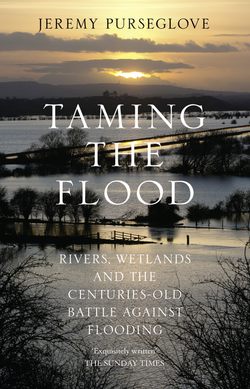Читать книгу Taming the Flood: Rivers, Wetlands and the Centuries-Old Battle Against Flooding - Jeremy Purseglove - Страница 30
AGRICULTURAL REASONS FOR DRAINAGE
ОглавлениеMuch of this expenditure, which has taken such a toll on both the exchequer and the environment, has been based on a simple assumption that is deeply embedded in agricultural thinking: that excess water is the enemy of good husbandry and must be driven off the land. In those places where stock is kept out in winter, undrained grassland is unusable during floods, and in summer is susceptible to trampling by animals, and so supports less stock than drained pasture. In addition, damp conditions encourage husk in cattle and fluke in sheep. For the cereal farmer, wet land is late land, since waterlogging keeps the ground cold and holds back germination. Saturated soil lacks air, without which plant roots die, helpful micro-organisms are checked, and the soil loses its structure. Roots of wheat which have been stunted by excessive water in spring will be less able to withstand a summer drought. Actual flooding can be disastrous. Depending on the time of a flood, root crops can be completely destroyed if submerged for more than twenty-four hours.fn1
